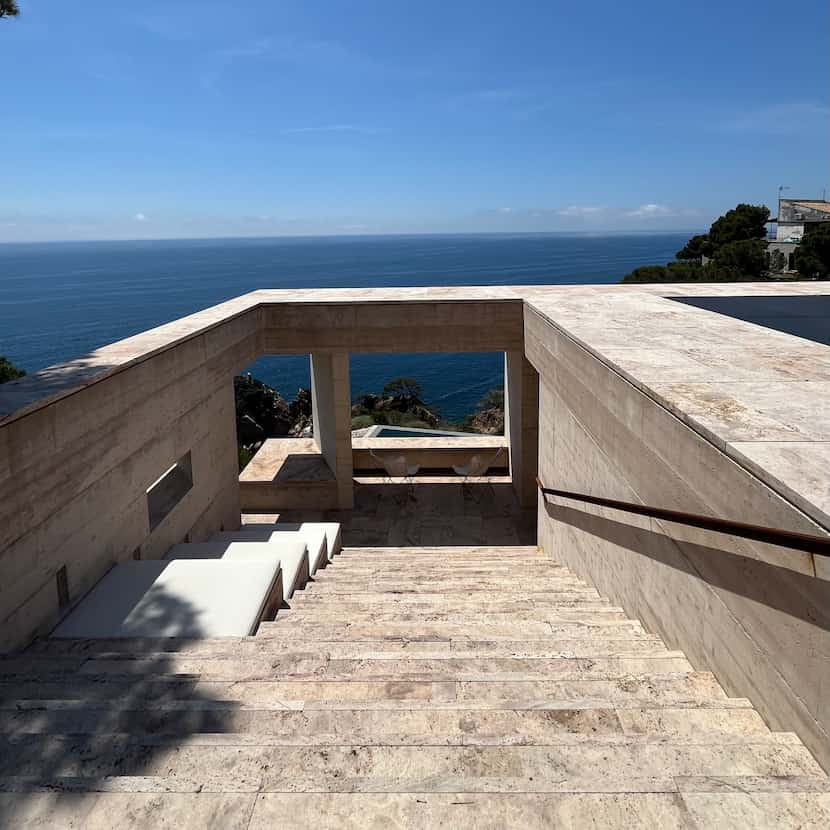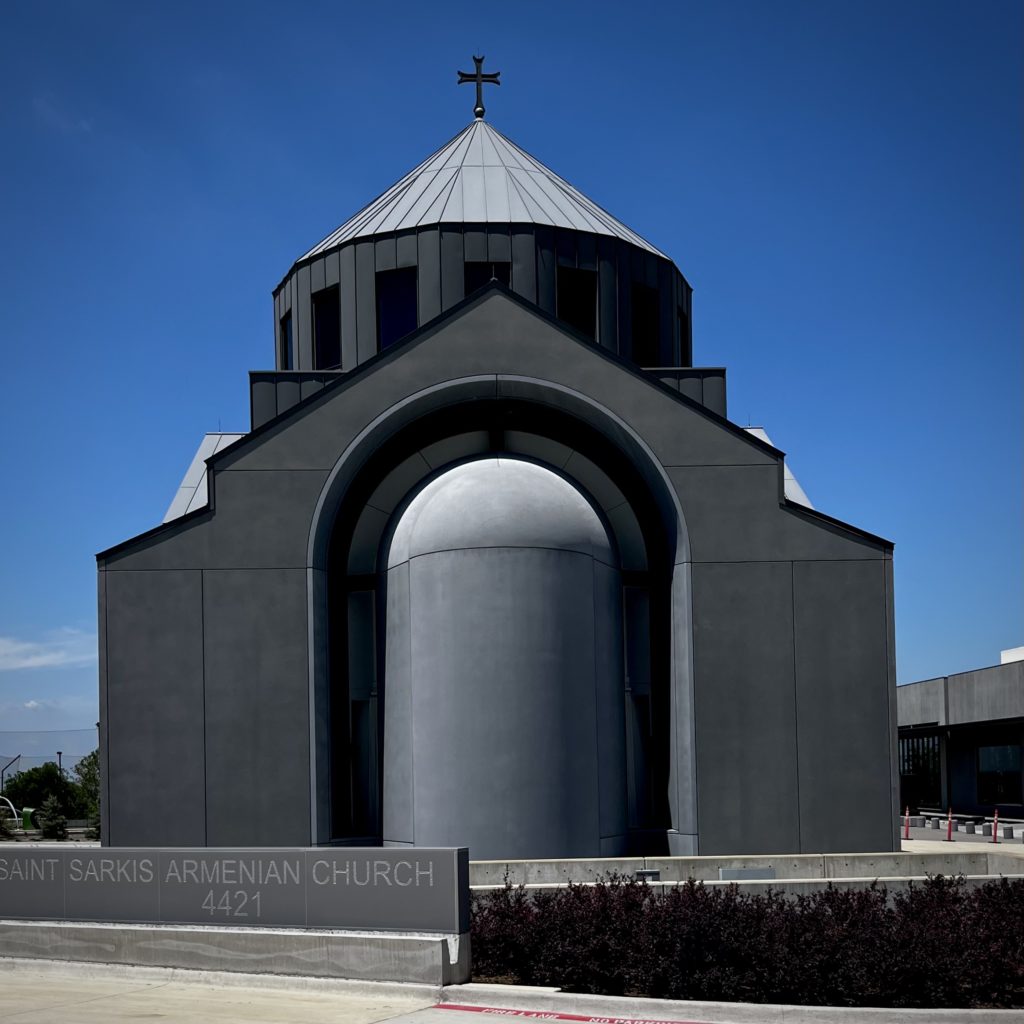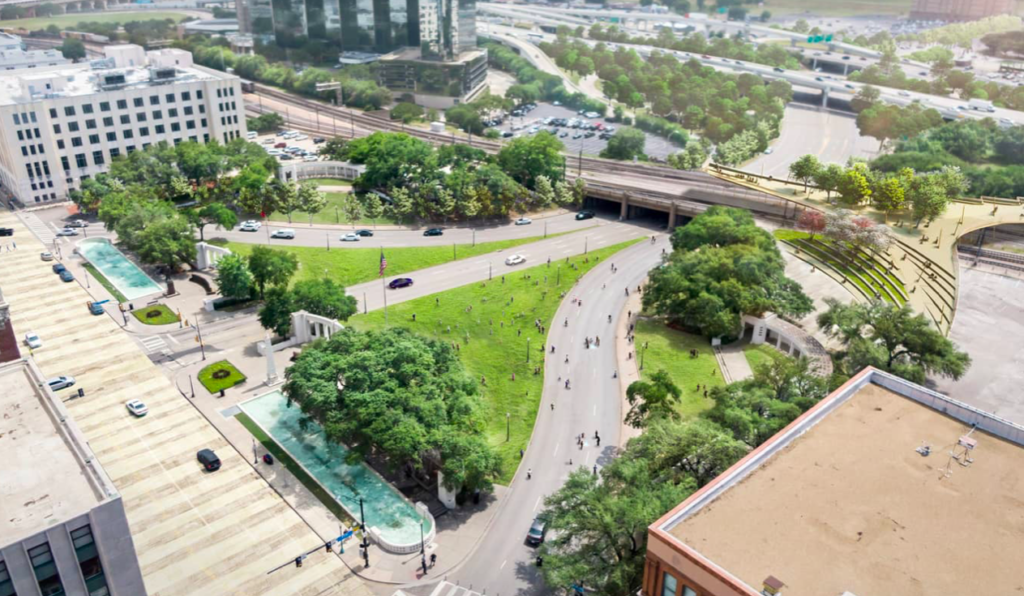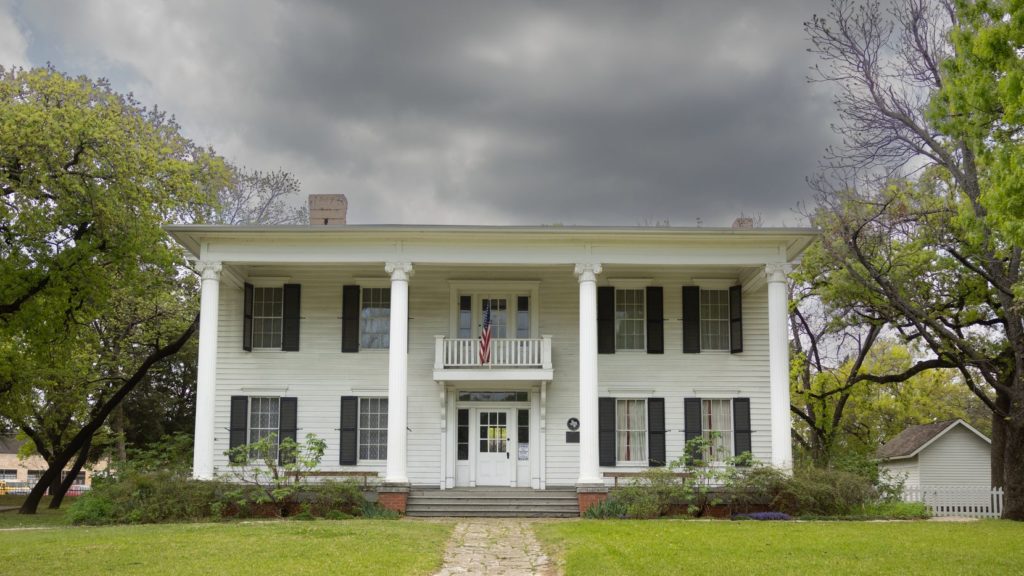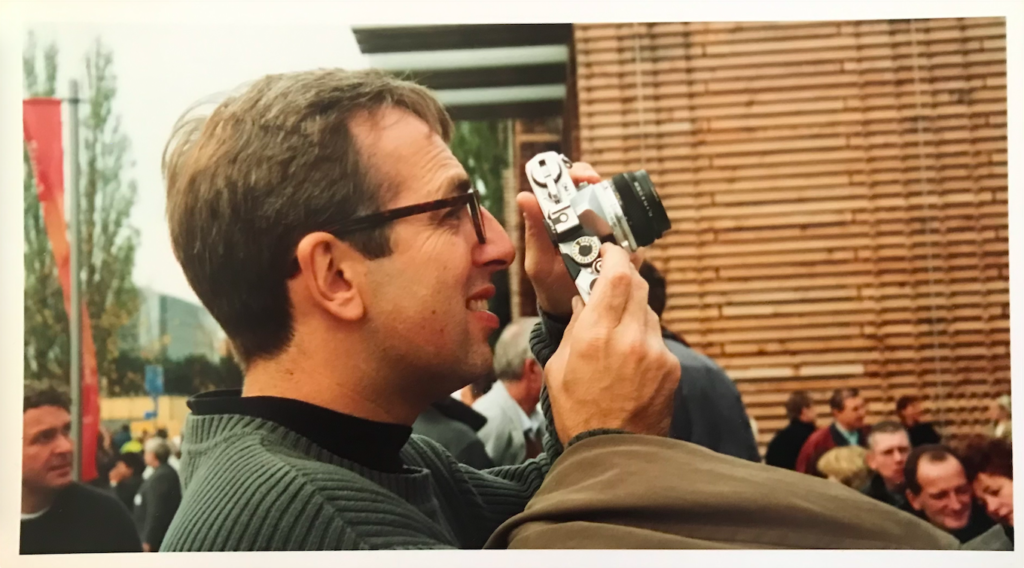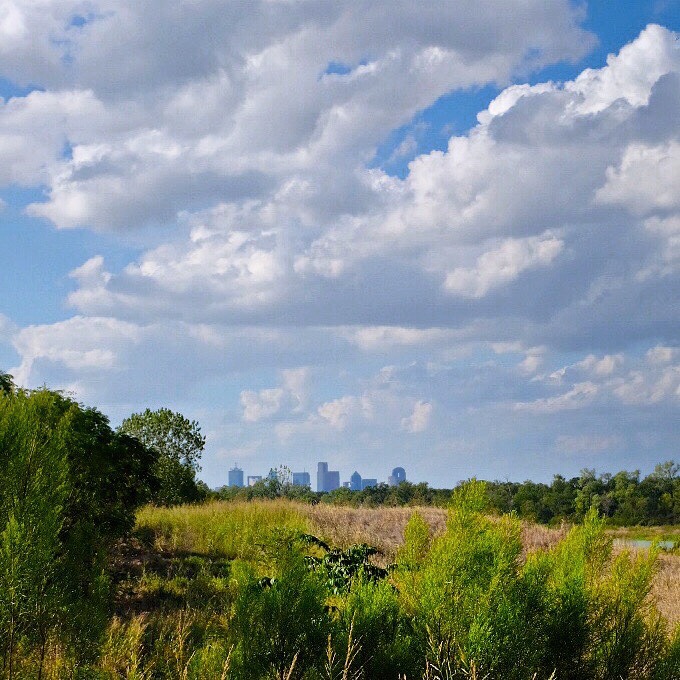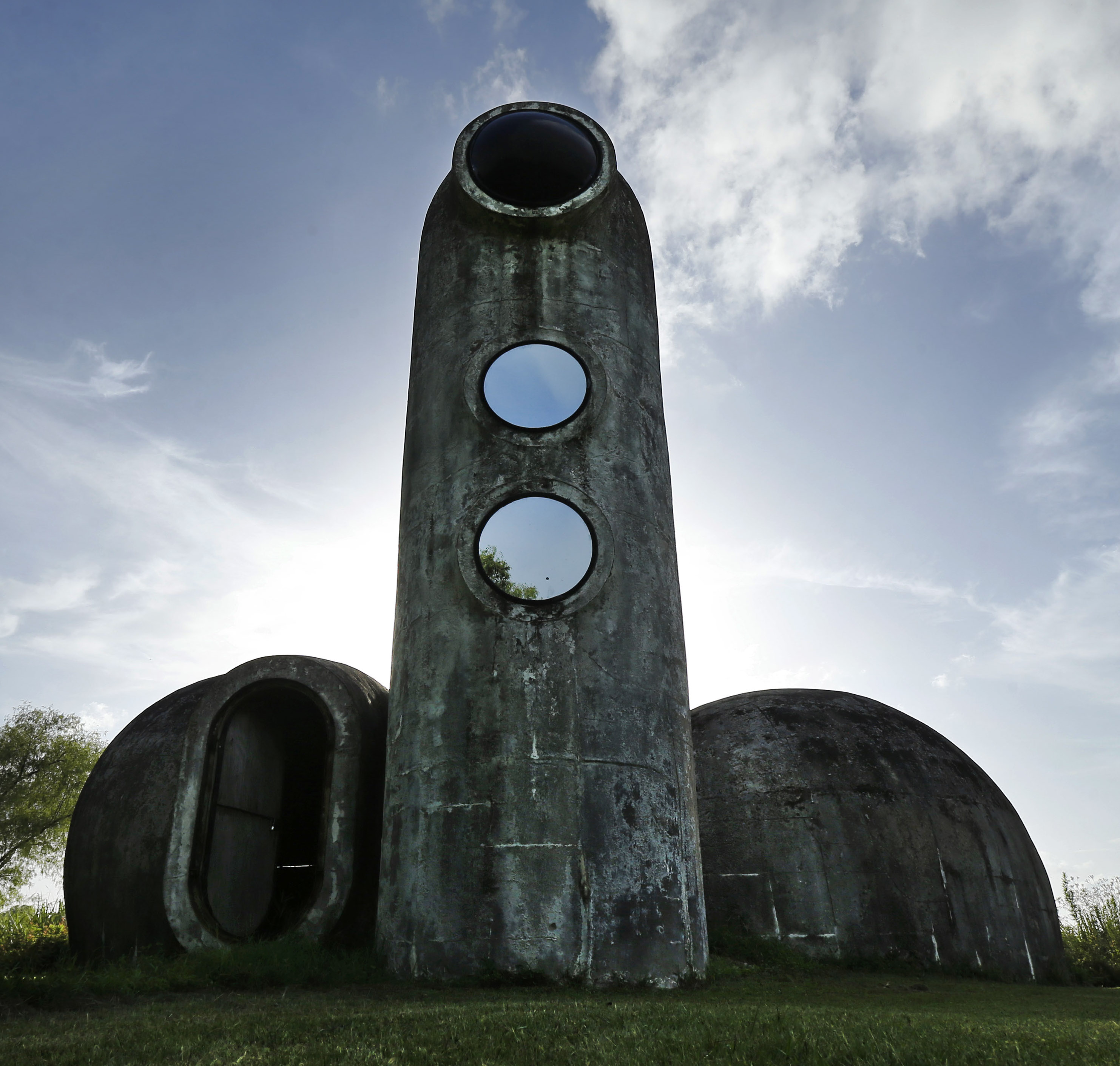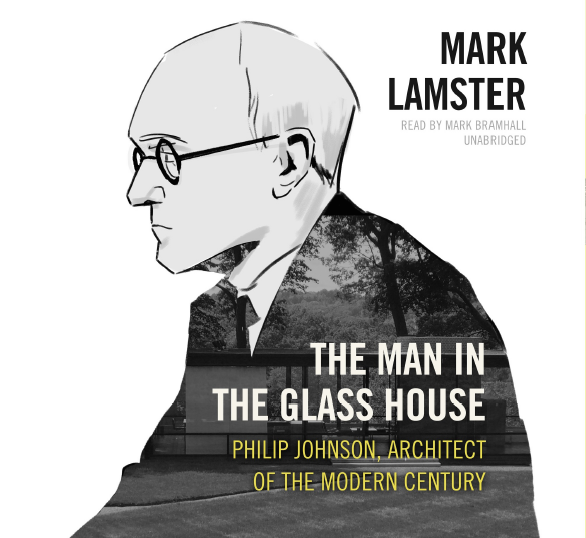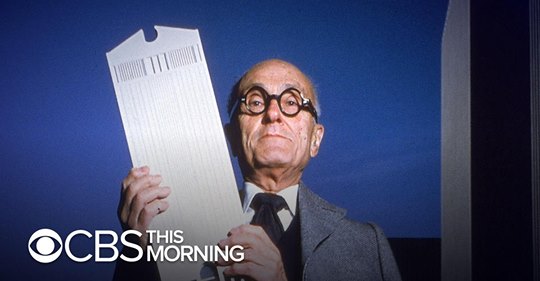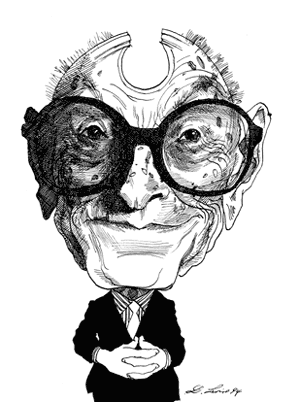
Nothing beats a positive review by a writer you admire in a publication you respect. I think the big fear when you write a book is that nobody will take it seriously, so when it is, it’s really gratifying. I’m thankful for two such reviews over the last week; the first a longform piece, “The Godfather,” in the New York Review of Books by Martin Filler, and the second a review by Carolina Miranda in the Los Angeles Times.
Here’s Filler:
As Mark Lamster notes in his searing yet judicious new biography, The Man in the Glass House, Johnson excelled at disarming his detractors through self-deprecating responses to even their harshest criticism.
And here’s Miranda:
In this epic biography — it checks in at 500-plus pages — Lamster not only weaves a compelling, clear-eyed portrait of a complicated and frequently unlikable man, he articulates a larger narrative about life in the United States over the course of the 20th century….Lamster’s “Man in the Glass House” makes Johnson the center of the American story — a story about boundless ambition, about idealism swallowed by greed, about the ways in which money is used as cudgel and shield. In this story, the goal isn’t always to be remembered for doing good, but to be remembered at all.
Was especially nice that Filler’s piece was accompanied by the wonderful David Levine caricature of PJ, originally drawn for the NYTBR’s review of the previous Johnson bio, which came out way back in 1994. As Filler writes that book was “a mismatch of author and subject from the outset. The credulous, earnest, and forthright Schulze was ill-equipped to deal with Johnson, who was wily as a fox and slippery as an eel, a veritable one-man Aesop’s fable.” My book, if nothing else, is a lot less earnest.
